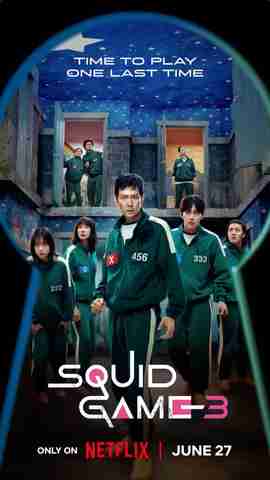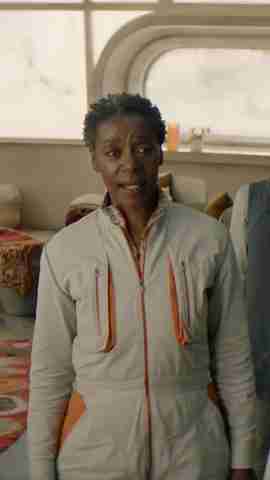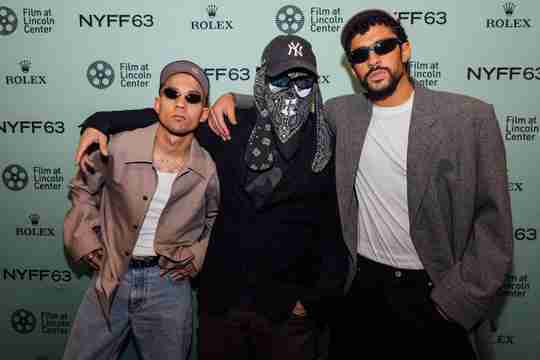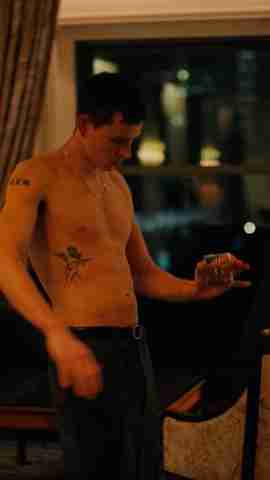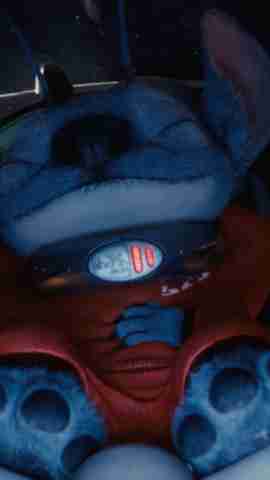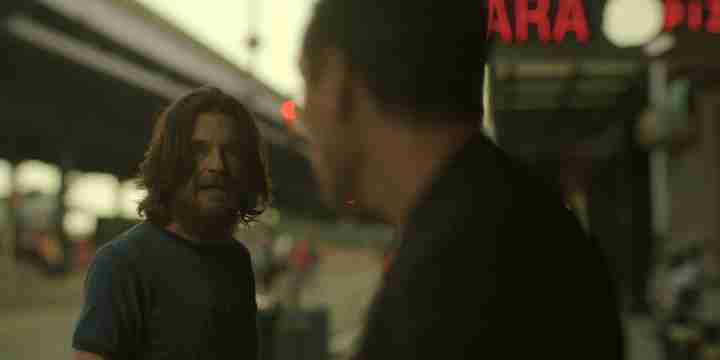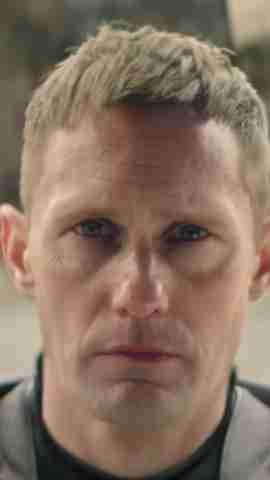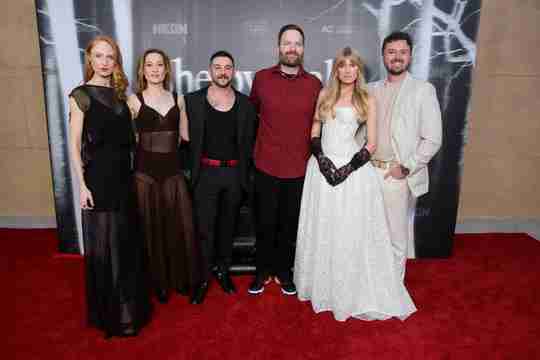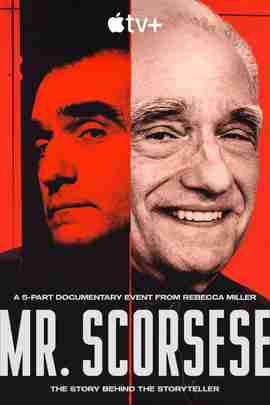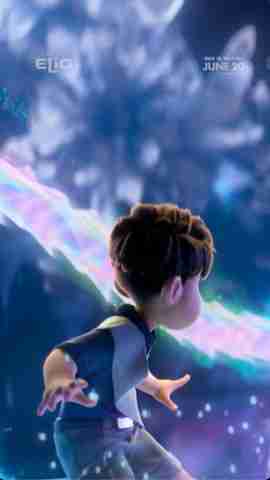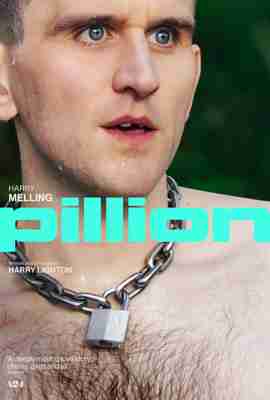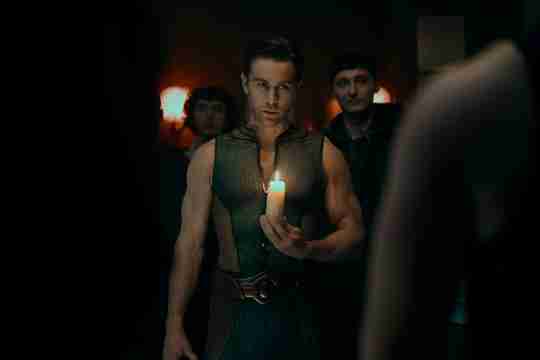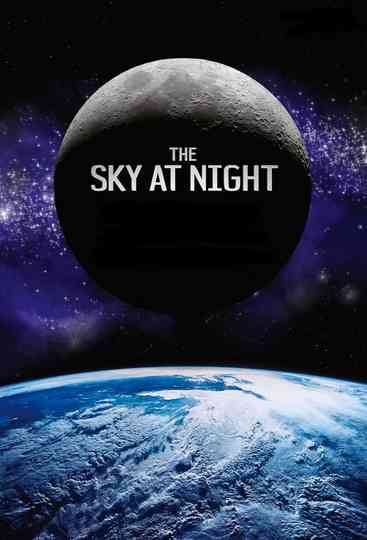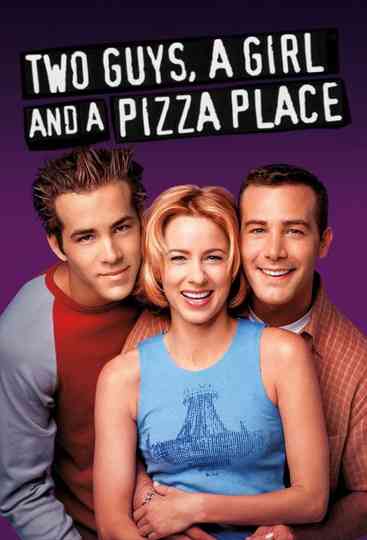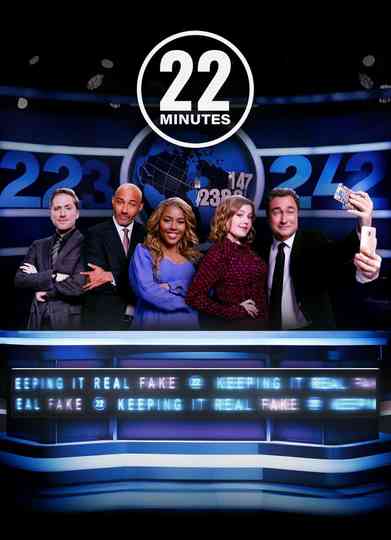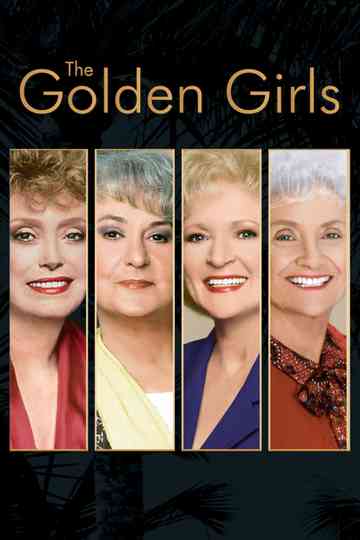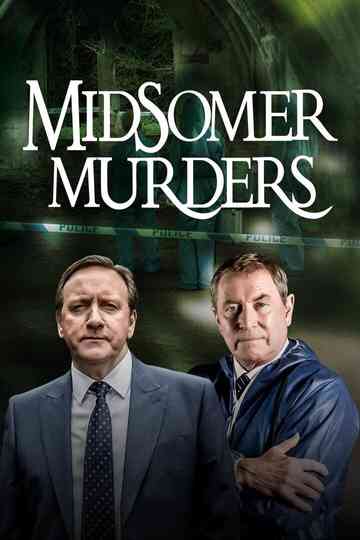1986 Episodes
1. Our Nearest Star
How much is known about the sun? We know that it is a huge nuclear furnace that sends out electrified particles, which affect the tails of comets and much else. But there is still a great deal that isn't known. Patrick Moore gives the results of the latest research into the nature of the nearest star.
2. Voyager to Uranus
The Voyager 2 probe by-passed the planet Uranus on 24 January. Though discovered in 1781, not much had been found out about Uranus - in many ways a mysterious world, with a strange axial tilt and a system of dark rings. Patrick Moore is at the space headquarters in Pasadena for the encounter, and in this programme he is joined by the leading NASA experts to give the latest news and pictures of what Voyager 2 has to tell us about this mysterious green world.
3. Halley's Comet: The Encounter
Tonight's news from the comet comes as Europe's Giotto spacecraft plunges deep into the glowing dust and gases of its coma. At 47 miles per second, every grain of dust strikes like a bullet. Will Giotto be destroyed by that deadly hail, or will it win through, to send back the first pictures of the mysterious object at the heart of Halley's Comet? Horizon and The Sky at Night join forces, with Patrick Moore reporting from mission control at Darmstadt in West Germany, and James Burke at Greenwich, where Edmond Halley was Britain's second Astronomer Royal.
4. The Spring Sky
By spring evenings the brilliant winter constellations have vanished into the twilight, but there is still plenty to see. Patrick Moore talks about the spring constellations such as Leo and Virgo, and shows where to look for Halley's Comet before it disappears - not to return for 76 years.
5. The Story of Satum
When the planet Saturn was first examined telescopically in 1610, it was believed by Galileo to be a triple world. Patrick Moore shows what can be seen this month, while Saturn is best placed, with a small telescope.
6. Halley - The End of the Tale?
Two months ago the Giotto spacecraft passed through the head of Halley's Comet. It sent back the only close-range pictures ever taken of a nucleus, and more information about comets than we ever knew before. The results of this remarkable mission are as exciting as they are unexpected. Patrick Moore gives the latest findings and talks to many of the scientists involved.
7. The Summer Sky
This is a favourable time for planetary enthusiasts, as all the bright planets are on view. There are also brilliant southern stars, such as the Scorpion with its red leader Antares. Patrick Moore conducts a tour of the summer sky, and explains what can be seen with the naked eye or with binoculars or telescopes.
8. The Death of a Star
The southern galaxy Centaurus A is a peculiar system, crossed by a dark dust-lane. In it an Australian amateur astronomer has found a supernova - a colossal stellar outburst involving the destruction of a star. Patrick Moore talks to Dr Paul Murdin of the Royal Greenwich Observatory about this remarkable object.
9. The Innermost Planet
Mercury, the closest planet to the sun, is always difficult to study from earth, but it is at its best in the morning sky this month. So far the only space-probe to have bypassed it has been Mariner 10, more than 12 years ago. Patrick Moore has been to a conference in the USA in which all the information about Mercury has been summarised; tonight he explains what has been learned.
10. The Furthest Depths of the Universe
Astronomers in Australia have just announced the discovery of the most remote object known to science. It is a quasar - an object whose nature is not known with certainty but which is so far away that its light comes to us after a journey which has lasted for longer than the whole history of the Earth. Patrick Moore talks to Professor Sir Francis Graham Smith , the Astronomer Royal, about this remarkable discovery and its significance.
11. The Autumn Sky
Autumn skies may be less brilliant than those of other seasons, but there is plenty of interest. In this programme Patrick Moore discusses the main features, with special reference to binocular observations, and gives a timetable for the eclipse of the moon which will be seen on 17 October. And the continuing story of Halley's Comet. The latest stunning series of black and white pictures from Giotto's camera - seen for the first time on television - will give scientists the clues to exactly what organic materials the comet contains.
12. Cosmic Lawn Sprinkler
The unique object known to astronomers at SS433 looks at first sight like a dim star, but has proved to be as bizarre as anything known. Jets of material spreading out from it are 'processing' in the manner of a lawn-sprinkler. Patrick Moore talks about SS433 with Dr David Clark , co-discoverer of its extraordinary nature.
13. The Galilean Moons
Jupiter is now prominently visible in the evening sky. Any telescope will show it together with its four large satellites, known as the Galileans because they were studied in 1610 by Galileo with his first telescope. They are not alike; two are icy and cratered, one smooth as a billiard ball, and one brilliant red, with violently active volcanoes. Patrick Moore talks about the Galileans, and what we have learned about them from space missions.
